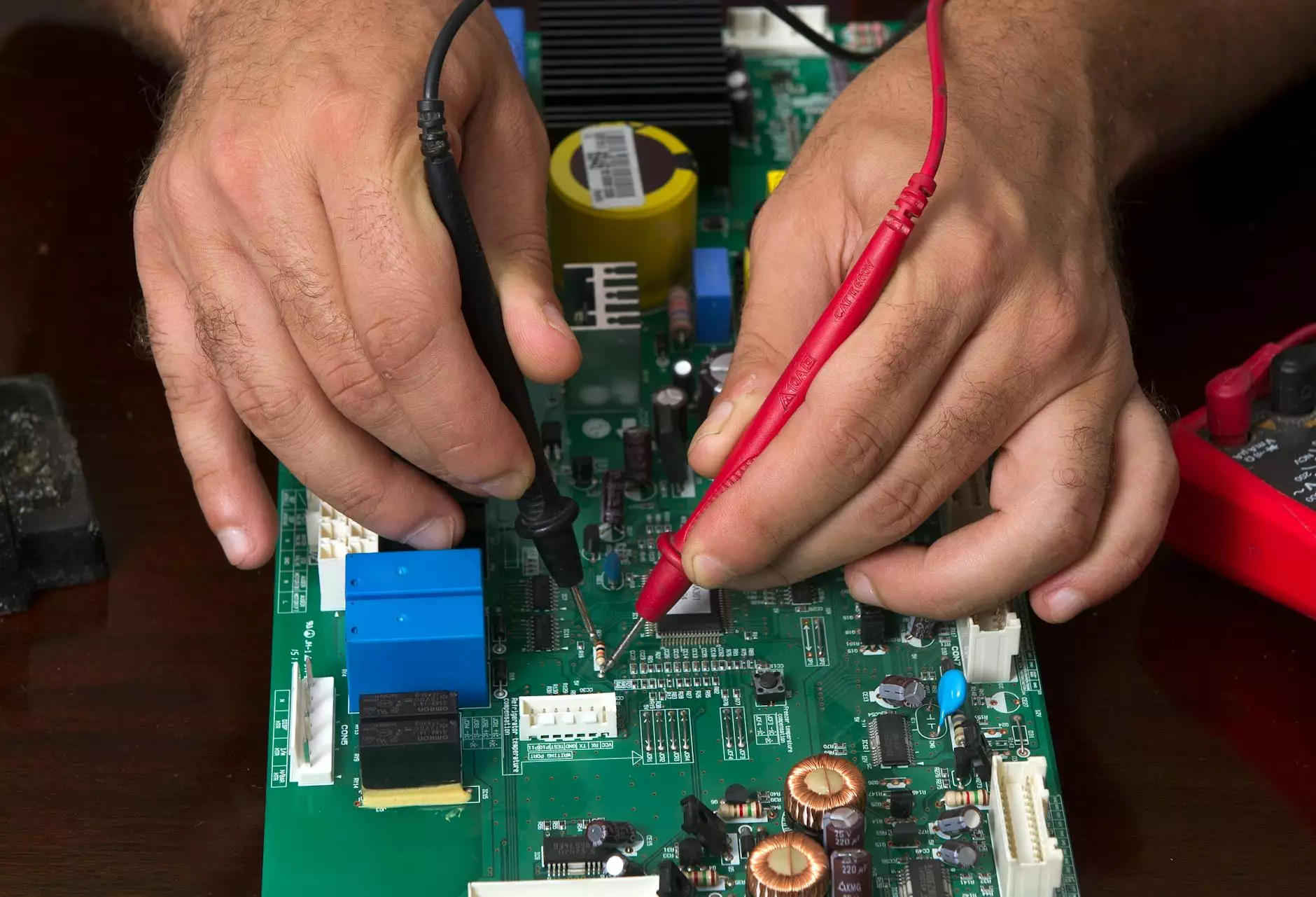Laparoscopic Bilateral Oophorectomy: A Comprehensive Guide

Laparoscopic bilateral oophorectomy is a significant surgical procedure that involves the removal of both ovaries through minimally invasive techniques. This operation is commonly recommended for various medical reasons, including the treatment of ovarian cysts, endometriosis, or cancer. This article seeks to provide an extensive overview of the procedure, its implications, recovery process, and its relevance within the field of gynecology.
Understanding Oophorectomy
An oophorectomy is a surgical operation that removes one (unilateral) or both (bilateral) ovaries. The ovaries play a crucial role in the female reproductive system, producing hormones such as estrogen and progesterone, which are vital for menstruation and pregnancy.
Why Choose Laparoscopic Surgery?
Laparoscopic surgery, often referred to as "keyhole surgery", has emerged as a preferred method for various gynecological procedures, including the laparoscopic bilateral oophorectomy. The advantages of this technique over traditional open surgery are substantial:
- Minimally Invasive: Smaller incisions lead to reduced scarring.
- Shorter Recovery Time: Patients can return to normal activities more quickly.
- Less Pain: Laparoscopy is associated with less postoperative pain.
- Lower Risk of Infection: Smaller incisions decrease the chance of infections.
Indications for Laparoscopic Bilateral Oophorectomy
Several medical conditions may prompt a healthcare provider to recommend a laparoscopic bilateral oophorectomy:
- Ovarian Cysts: Large or painful cysts may necessitate removal.
- Endometriosis: This condition can lead to chronic pain and requires intervention.
- Ovarian Cancer: Removal of ovaries is often part of cancer treatment.
- Genetic Factors: Women with BRCA gene mutations may opt for prophylactic oophorectomy to reduce cancer risk.
The Laparoscopic Bilateral Oophorectomy Procedure
Preoperative Preparation
Before undergoing a laparoscopic bilateral oophorectomy, a thorough preoperative evaluation is essential. This may include:
- Blood tests to check hormone levels and general health.
- Imaging studies such as ultrasounds or CT scans.
- Discussion of medical history and any medications currently taken.
During the Procedure
The laparoscopic bilateral oophorectomy typically takes place under general anesthesia. Here's a breakdown of what to expect:
- Incision: A small incision (usually 0.5-1 cm) is made near the navel, and carbon dioxide gas is introduced to inflate the abdomen.
- Insertion of Instruments: A laparoscope, equipped with a camera, is inserted through the incision, allowing the surgeon to visualize the ovaries.
- Removal: Specialized instruments are used to detach and remove the ovaries carefully.
- Closure: The incisions are closed with sutures or adhesive strips.
Postoperative Care and Recovery
Recovery from a laparoscopic bilateral oophorectomy generally involves monitoring in a hospital for a few hours after the procedure. Most patients can go home the same day. Here are critical aspects of recovery:
- Rest: Patients should rest and gradually resume normal activities.
- Pain Management: Over-the-counter pain relievers are often sufficient.
- Follow-Up Appointments: Scheduled visits to the physician for monitoring recovery.
Potential Complications
As with any surgical procedure, laparoscopic bilateral oophorectomy comes with risks:
- Bleeding: Although rare, excessive bleeding may occur.
- Infection: Surgical sites can become infected.
- Damage to Surrounding Organs: Rarely, other pelvic organs may be injured during surgery.
Impact on Hormonal Health and Lifestyle
Removing both ovaries drastically affects hormonal balance. Patients may experience:
- Menopause Symptoms: Hot flashes, night sweats, and mood swings.
- Bone Density Loss: Increased risk of osteoporosis if estrogen levels drop significantly.
- Heart Health: Estrogen contributes to cardiovascular health; its absence may increase risks.
Hormonal replacement therapy (HRT) may be considered to help manage these symptoms post-surgery. It is essential to discuss these concerns with a healthcare provider to optimize health after the procedure.
Long-Term Considerations and FAQs
What Can Women Expect Long-Term After a Laparoscopic Bilateral Oophorectomy?
While many women report an improvement in their symptoms post-surgery, others may face challenges related to hormonal changes. It's crucial to maintain regular check-ups with healthcare providers for ongoing health monitoring.
Common FAQs:
- Will I still be able to get pregnant?No, women who undergo a laparoscopic bilateral oophorectomy will no longer have the ability to conceive.
- How long is the recovery period?Most women can return to daily activities within two weeks, although this varies by individual.
- Is there a risk of ovarian cancer after surgery?If both ovaries are removed, the risk of ovarian cancer is eliminated.
Conclusion
The laparoscopic bilateral oophorectomy represents a significant advancement in gynecological health, providing women with a minimally invasive option to address serious medical concerns. As with any medical procedure, a thorough understanding of the risks, benefits, and recovery process is essential. Consult qualified specialists, such as those found on drseckin.com, to obtain the best guidance tailored to individual health needs.



